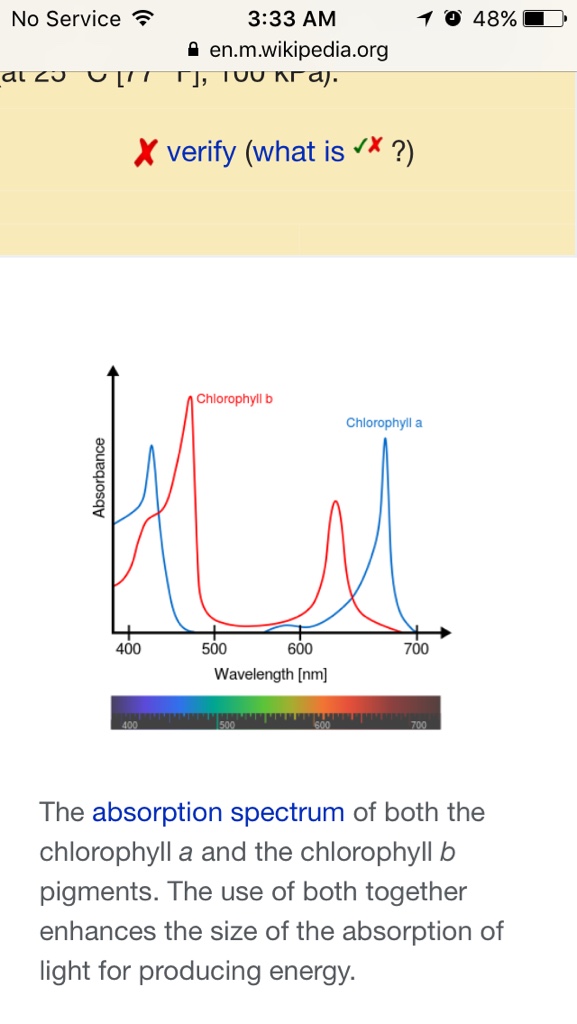- Joined
- May 10, 2017
- Messages
- 34
- Reaction score
- 9
Hi,
I have a 45 gallon LPS and softie tank with current marine ic LED lights. I have the daylight cycle running for 9 hours during the day, and a moonlight cycle that runs for 6 hours. The moonlight cycle currently has the blues set to 10% intensity.
My understanding is the corals rely heavily on the blue color spectrum for their photosynthetic nutrition. Would increasing the moonlight blue intensity at night result in better coral growth?
I have a 45 gallon LPS and softie tank with current marine ic LED lights. I have the daylight cycle running for 9 hours during the day, and a moonlight cycle that runs for 6 hours. The moonlight cycle currently has the blues set to 10% intensity.
My understanding is the corals rely heavily on the blue color spectrum for their photosynthetic nutrition. Would increasing the moonlight blue intensity at night result in better coral growth?



















